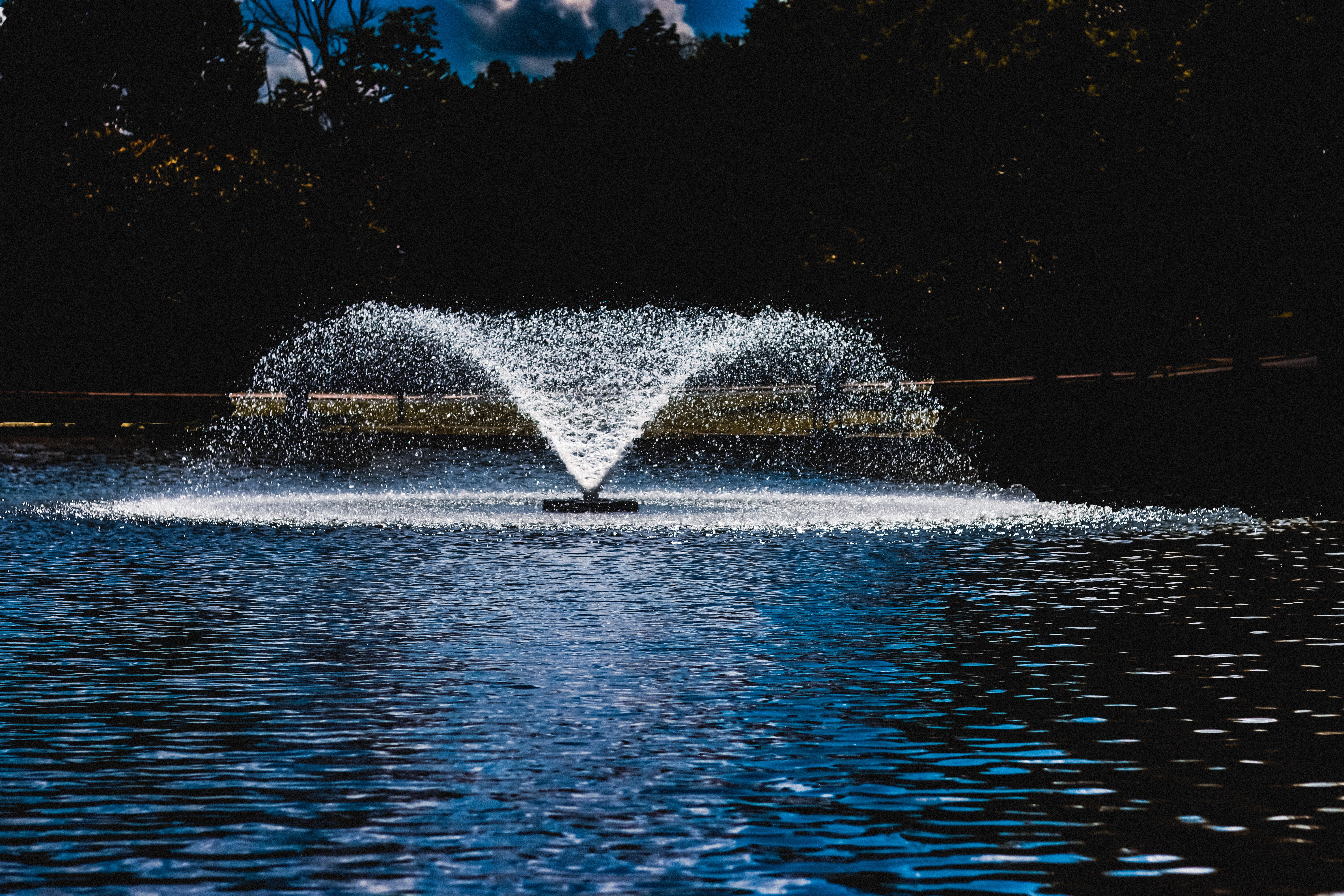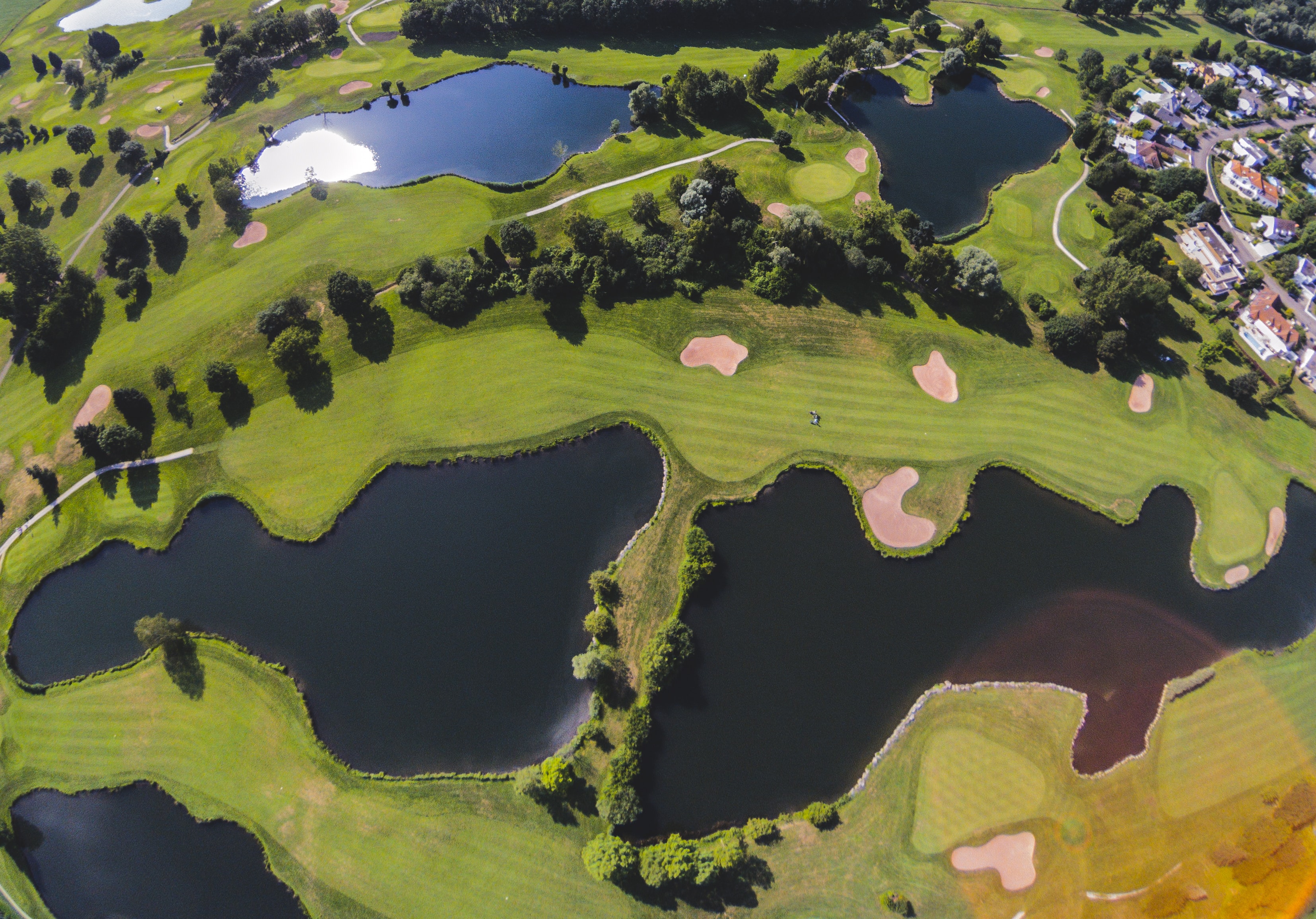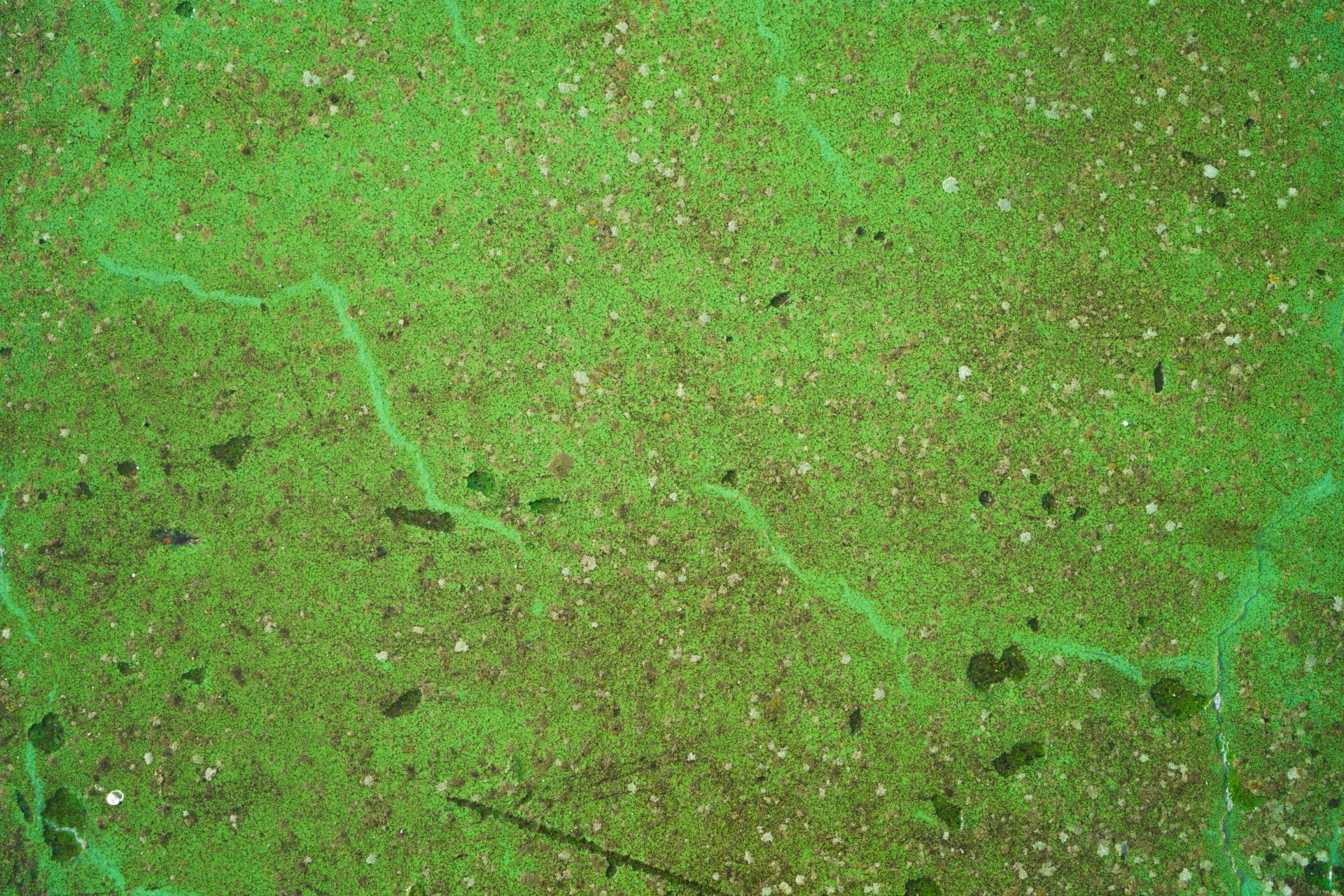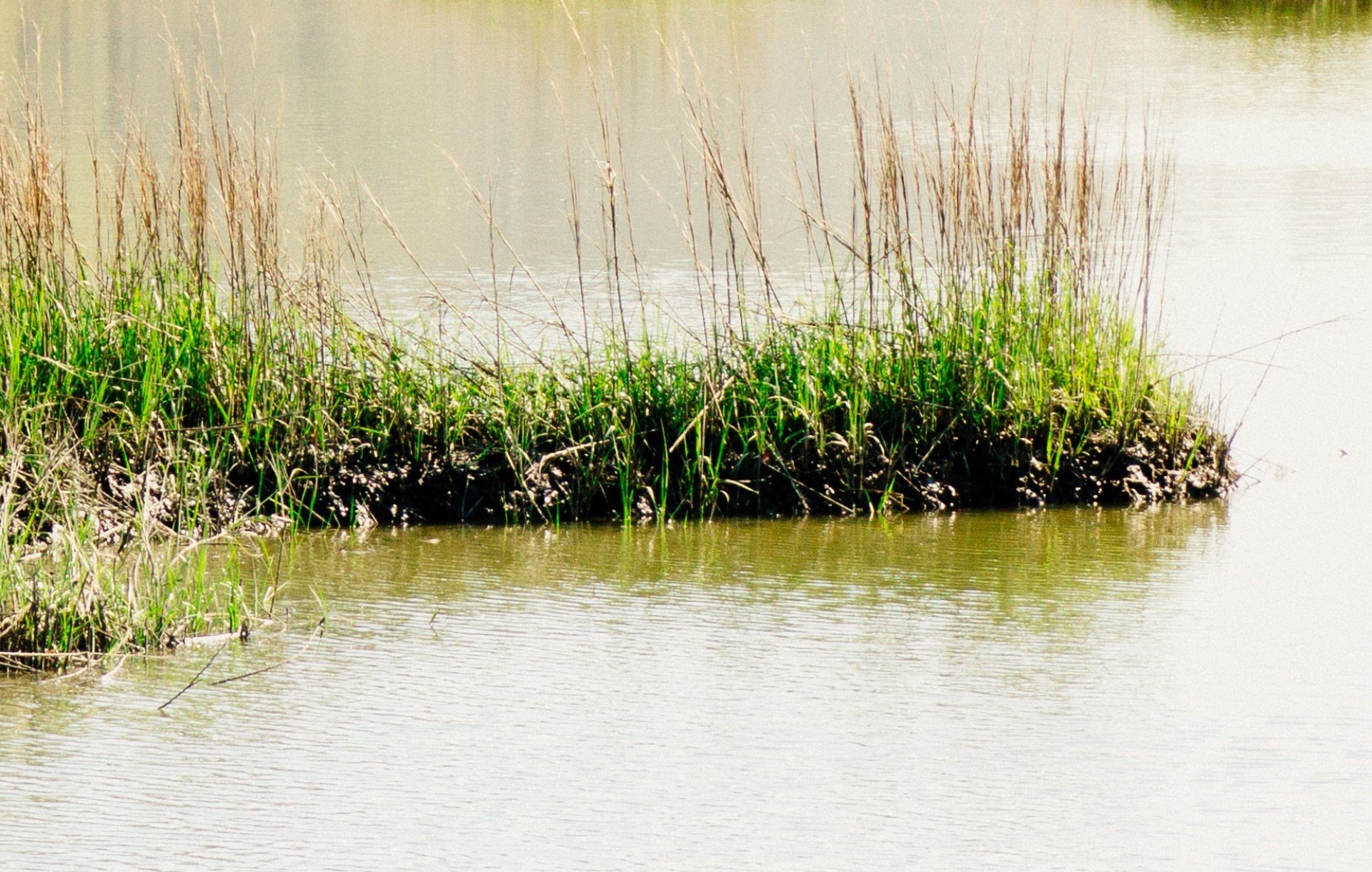Fountains have been gracefully shooting water into ponds for millennia. In fact, the first documented fountain was of a goddess in 3000 B.C. For thousands of years fountains relied on gravity to do their special thing, until King Louis XIV wanted a fountain at Versailles that required 257 different pumps.
Modern fountains were born.
Unlike old King Louis, today’s fountains are less of a statement about the power of man over nature, and more about the balance of nature.
But those of us in the business of keeping ecosystems in balance – whether natural or urban ecosystems – have long known that fountains are more than just pretty to look at and nice to listen to.






